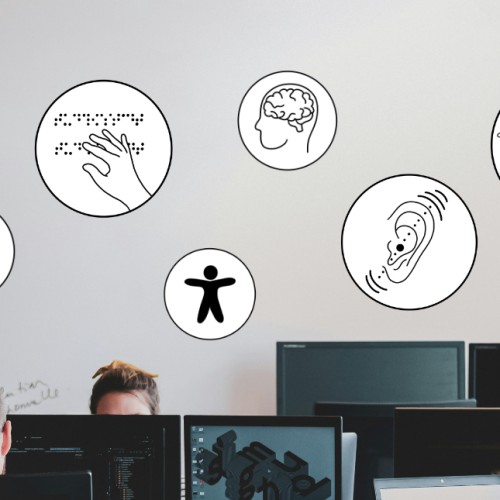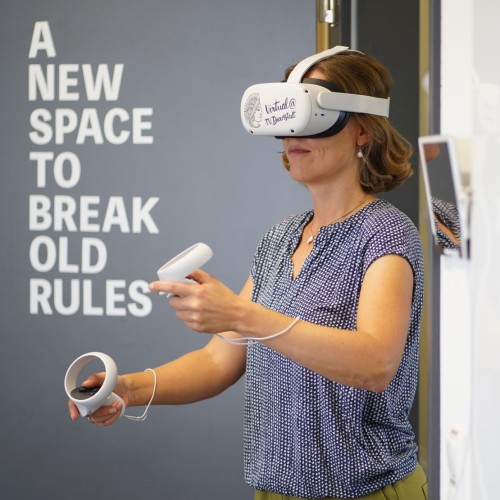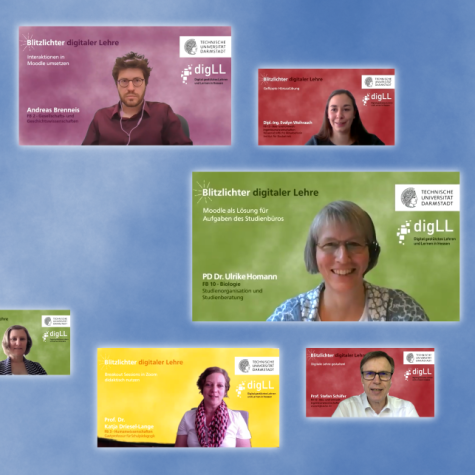E-Learning Arbeitsgruppe (HDA & HRZ)

Didactics & Scenarios
Considerations on Digital Teaching
In this information area, we would like to show you which didactic considerations are helpful for the successful implementation of your digital teaching. In addition, we will be happy to advise you in detail on your individual teaching-learning setting. In addition to the conceptual considerations, the success of the technical implementation is just as important.
Making digital teaching conducive to learning
Digital teaching can be designed in many different ways. A well coordinated combination of the following is recommended
- time-flexible teaching offers (asynchronous, usually online)
- and live teaching formats (synchronous, on-site at the university or online).
The respective advantages of synchronous and asynchronous teaching-learning phases can thus complement each other in a way that promotes learning.
Time-Flexible (Asynchronous) Teaching Offers
… can be organised and made available via the learning platform. There, with the help of learning materials, e.g., videos, content transfer as well as concrete learning activities and communication can take place.
Synchronous Online Teaching
… in the form of online meetings/hybrid teaching via a web conferencing system is ideally designed to be interactive. Learning activities can be conducted that are less feasible asynchronously or simply require direct contact.

Also think about accessibility in your digital teaching!
For university education that is accessible to all.
Artificial Intelligence (AI) in Teaching
… is a broad field. It can include the use of generative AI technologies by instructors and students, i.e., AI that, like ChatGPT, can create something itself. It can also mean the use of subject-specific or analytical AI, e.g., for data processing.

Explore Future Learning Spaces
Discover how you can create digital learning environments using 360° technology, Augmented Reality (AR), or Virtual Reality (VR) technology.
Further Suggestions, Tips, Experience Reports on Digital Teaching
you can find here:
- E-Learning Blog at the TU Darmstadt,
- (DE) Blog of the Innovation Forum “Didactic Concept Development” of the HessenHub network (DE),
- einfachlehren – the Higher Education Didactics Infoportal of the TU Darmstadt (DE).


















